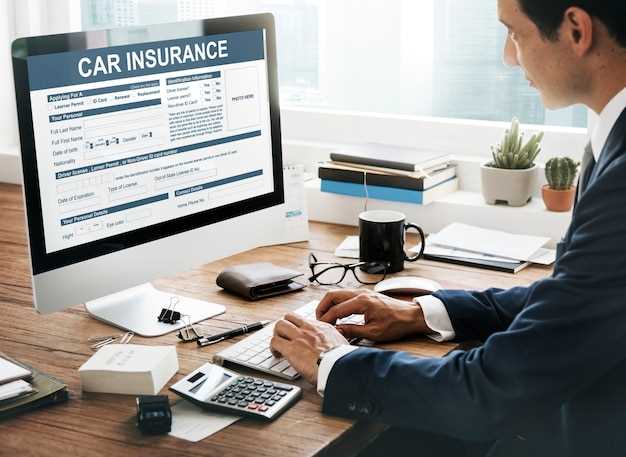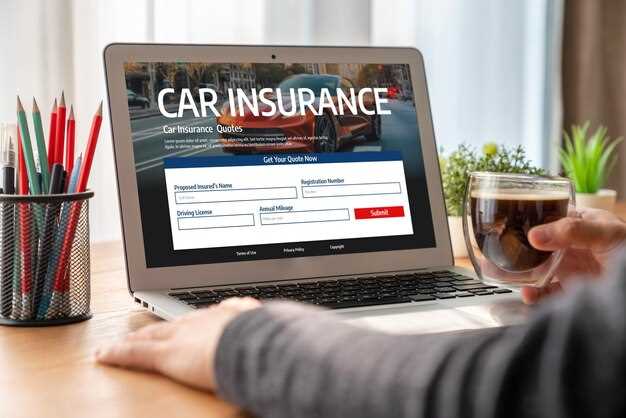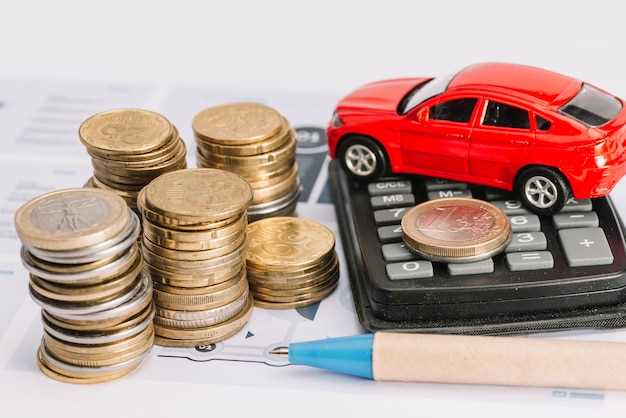
For enthusiasts and collectors, classic vehicles represent more than just modes of transportation; they embody passion, history, and craftsmanship. However, ensuring their protection through the right insurance coverage is paramount. Standard auto insurance policies often fall short in addressing the unique needs associated with collectible vehicles, which is why understanding the specificities of insurance for classic cars is crucial.
When selecting insurance for collectible vehicles, it’s essential to consider the value of the car, its restoration status, and how often it will be driven. Classic cars often appreciate in value, so having adequate coverage that reflects this can save collectors from significant loss. Coverage options tailored for collectible vehicles often include agreed value policies, which ensure that the owner receives a fair, predetermined amount in the event of a total loss, as opposed to the depreciated value typical in standard policies.
Moreover, the driving frequency and usage types are critical to your insurance choice. Many insurers recognize that collectible vehicles are often driven sporadically for pleasure, rather than daily commutes. This leads to specialized *classic car insurance* options that can offer lower premiums while still providing extensive coverage. Collectors must evaluate which insurance provider aligns best with their needs to ensure that their cherished vehicles are adequately protected.
Understanding the Unique Coverage Needs for Classic Cars
When it comes to insurance for classic cars, understanding the unique coverage needs is essential. Unlike standard vehicles, classic cars have distinctive characteristics that require specialized attention. These vehicles often appreciate in value over time, making it crucial to ensure proper coverage to reflect their true worth.
One key aspect of classic car insurance is the agreed value coverage. Rather than relying on the car’s depreciated market value, this policy type ensures that owners and insurers agree on a set value for the vehicle at the time the policy is issued. This arrangement provides peace of mind, knowing that in the event of a total loss, the owner will receive the full agreed amount, ensuring they can restore or replace their treasured classic car.
Another important factor is the driving restrictions commonly associated with classic car policies. Insurers often impose limitations on the number of miles that can be driven annually or may require that the vehicle is only used for specific purposes, such as car shows or exhibitions. This helps maintain the vehicle’s condition and value, further emphasizing the need for tailored coverage.
Storage and maintenance are also significant considerations. Many classic car enthusiasts invest heavily in proper storage solutions and regular maintenance. Insurance policies may offer incentives or discounts for vehicles stored in climate-controlled environments or for those that undergo regular mechanical assessments, recognizing the owner’s commitment to preserving the vehicle’s condition.
Finally, it’s essential to understand the liability coverage options available. Classic cars may not only lead to unique riding experiences but also specific risks on the road. Ensuring that you have adequate liability protection is vital, especially if you plan to take your classic car out for regular drives or shows.
In conclusion, classic car insurance is not merely a formality; it requires careful consideration of the vehicle’s value, usage, maintenance, and liability. Selecting the right insurance policy ensures that your classic car is not only protected but also valued appropriately, allowing you to enjoy your investment for years to come.
Evaluating Insurance Options: Agreed Value vs. Actual Cash Value

When it comes to insuring collectible vehicles, understanding the difference between Agreed Value and Actual Cash Value (ACV) is crucial for selecting the right coverage.
Agreed Value Insurance provides a predetermined value for your classic car that both you and the insurer agree upon at the start of the policy. This value will not change over time, ensuring that in the event of a total loss, you receive the full amount agreed upon, regardless of depreciation. Here are some advantages:
- Stable Coverage: No depreciation; the value remains constant.
- Transparency: You know exactly how much you will receive if a loss occurs.
- Peace of Mind: Secure in the knowledge that your investment is protected at its true worth.
On the other hand, Actual Cash Value (ACV) considers the depreciated value of your classic car at the time of loss. This means you might end up with considerably less than what you paid for it, reflecting its current market value rather than its original or replacement cost. The following points highlight its characteristics:
- Depreciation Considered: Coverage decreases as the car ages.
- Potentially Lower Premiums: Generally results in more affordable insurance costs.
- Market Variability: Payouts may vary based on market conditions.
In summary, the choice between Agreed Value and Actual Cash Value depends on your individual needs and the importance of maintaining the full value of your classic car. While Agreed Value offers stable and predictable coverage, ACV may be more suitable for those looking for lower premiums but willing to accept potential depreciation in payouts.
Key Factors Influencing Premiums for Classic Vehicle Insurance

When it comes to securing classic car insurance, numerous factors play vital roles in determining the premiums you will pay. Understanding these elements can help owners make informed decisions and potentially save money while ensuring adequate coverage for their prized vehicles.
1. Vehicle Value
The overall value of your classic car is one of the primary factors affecting insurance premiums. Higher-valued vehicles typically result in higher premiums since the potential payout for the insurer increases. Accurate appraisals and documentation are essential for both owners and insurers.
2. Usage Frequency
How often you drive your classic car can significantly influence insurance costs. If the vehicle is primarily used for shows or occasional drives, insurers often offer lower rates compared to those who use it as a daily driver. Reduced mileage translates to decreased risk, thereby affecting the premium positively.
3. Safety Features
While classic cars may not come equipped with modern safety technology, any aftermarket enhancements, such as alarms or tracking devices, can sometimes lead to lower premiums. Insurers take into account features that reduce the potential for theft or damage when calculating rates.
4. Storage Conditions
The location and conditions under which you store your classic vehicle are critical for insurers. Keeping the car in a secure, enclosed structure can lead to reduced premiums. Conversely, parking it on the street or in an unsecured area may increase insurance costs due to heightened exposure to risks.
5. Driving History
Your personal driving record will also impact the cost of classic car insurance. A clean driving history with no accidents or violations can help secure better rates, while a history of traffic offenses may result in higher premiums.
6. Insurance Coverage Types
The type of coverage selected affects cost as well. Opting for comprehensive or agreed value policies may lead to higher premiums than basic liability coverage. Owners should weigh the importance of coverage options against their budget and the value of their classic cars.
Understanding these key factors can empower classic car owners to negotiate better insurance rates and ensure that their cherished vehicles are adequately protected without overspending on premiums.




